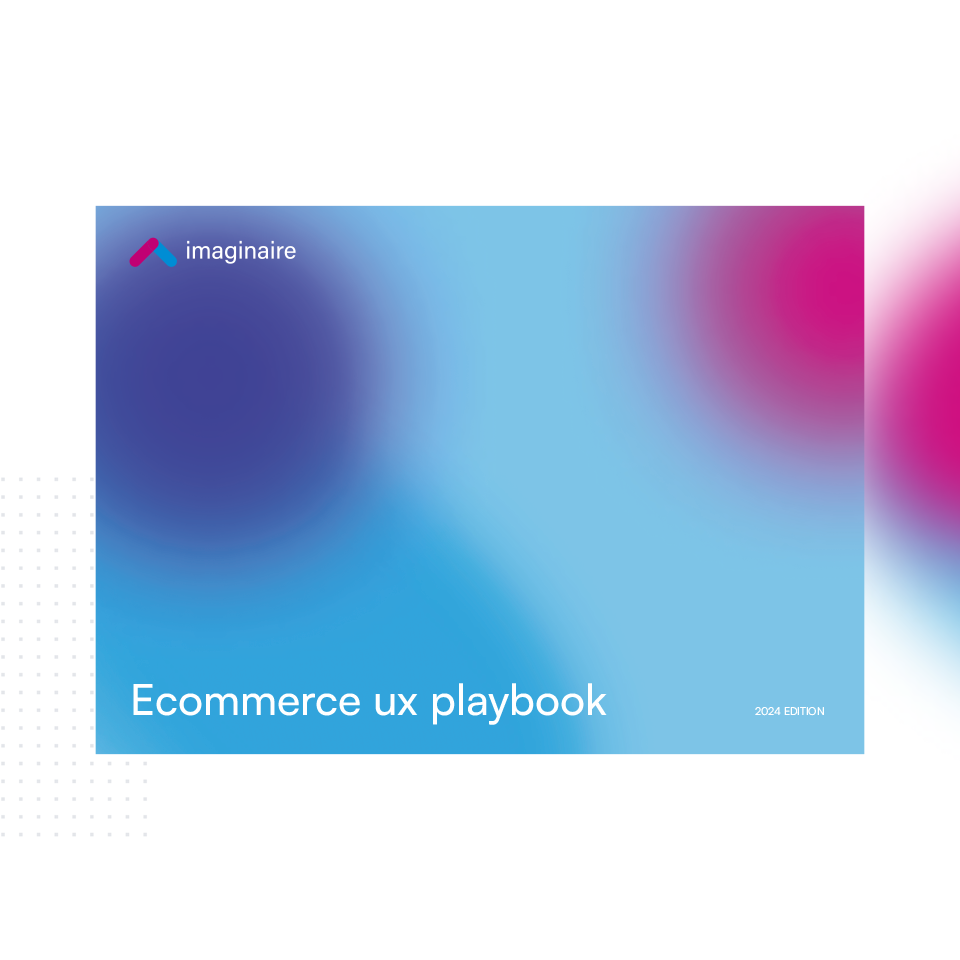When investing in social media marketing, there are several elements included in the strategy planning process. As a business, you will need to discuss and decide how each feature and implementation will impact the business and customers and how to achieve the highest, most successful results from the channel. From deciding which platforms you want to use to your company budget, one of the first things you will need to finalise is whether or not you want to work with organic media, paid, or a mix of both.
Here is a comprehensive guide to the difference between organic and paid social media and how to figure out which one is right for you!
What is organic social media?
Organic social media refers to free, non-paid content that is shared through platforms either personally or professionally. This can include text posts, imagery, videos, stories or graphics and simply means these are posted with no paid advertisements.
This type of social media marketing relies heavily on engagement and the natural exposure of an online business, typically as a result of high-quality content, consistency, communication and thorough audience research.
Benefits of an organic social media strategy
- Builds authentic relationships with audiences and customers
- Doesn’t require any considerable financial investment or contracts
- Easy to engage and build a loyal following
- Implement branding and a strong online identity
- Showcase your business personality and authenticity
- Use of UGC content and more innovative content ideas
- Freedom of creativity and frequency of posting
Negatives of organic social
- It can take longer to build followers and gain exposure
- Requires a high level of consistency
- Limited reach
- A change in algorithms can impact reach and engagement
- Little control over distribution
What is paid media?
In contrast to organic media, paid social includes the use of paid advertising on any social media platform, typically used to target specific audiences and help pages or profiles to appear in users’ feeds, sponsored posts or display ads. These ads are ideal for targeting more specific demographics, hobbies, interests and customer behaviours.
Read more on the basics of running social ads.
Most social media platforms have their own methods of paid social, for example, Facebook ads or Instagram ads, meaning that businesses can create them for many different themes such as products, services or events.
Benefits of paid social
- You can promote content to people who aren’t currently following the brand or account
- Allows you to target specific demographics, interests and customer behaviours
- May lead to higher engagement
- Better social media ROI
- Improves your reach and engagement which can then increase interactions
- Provides accurate measurement tools and tracking abilities to see how the campaign is performing
Negatives of paid social media strategies
- Can be expensive and will depend on company budgets and goals
- Small budgets can not be used for a sustained period
- Mainly offers short-term benefits which consistently require investment
- Challenging for businesses with limited resources
- The content and account aren’t as authentic as organic social
- More difficult to build genuine, lasting relationships
- Could result in lower engagement rates in the long term
Social media marketing by Imaginaire – paid and organic solutions
As marketing and social experts, our team are dedicated to helping businesses across the UK implement a solid social media strategy, whether that be paid social, organic, or a mix of both. We can work with you and your business to plan, implement and track all social media campaigns, helping you to gain exposure and engagement whilst doing so in a modern and creative way.
If you have any questions about our services or want to enquire about the process, get in touch on 0115 971 8908 and we’ll be in touch!
